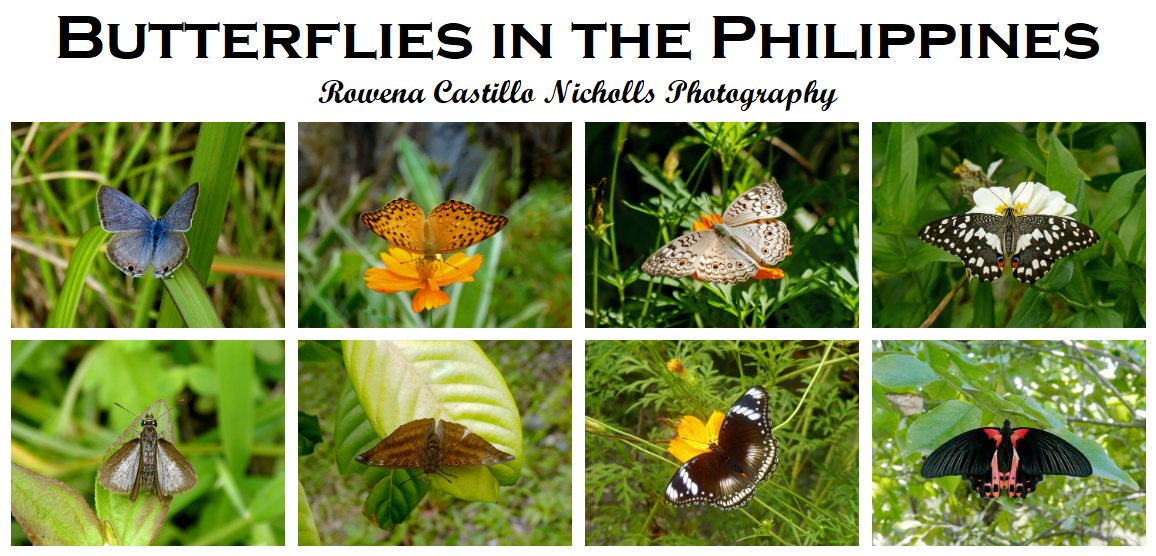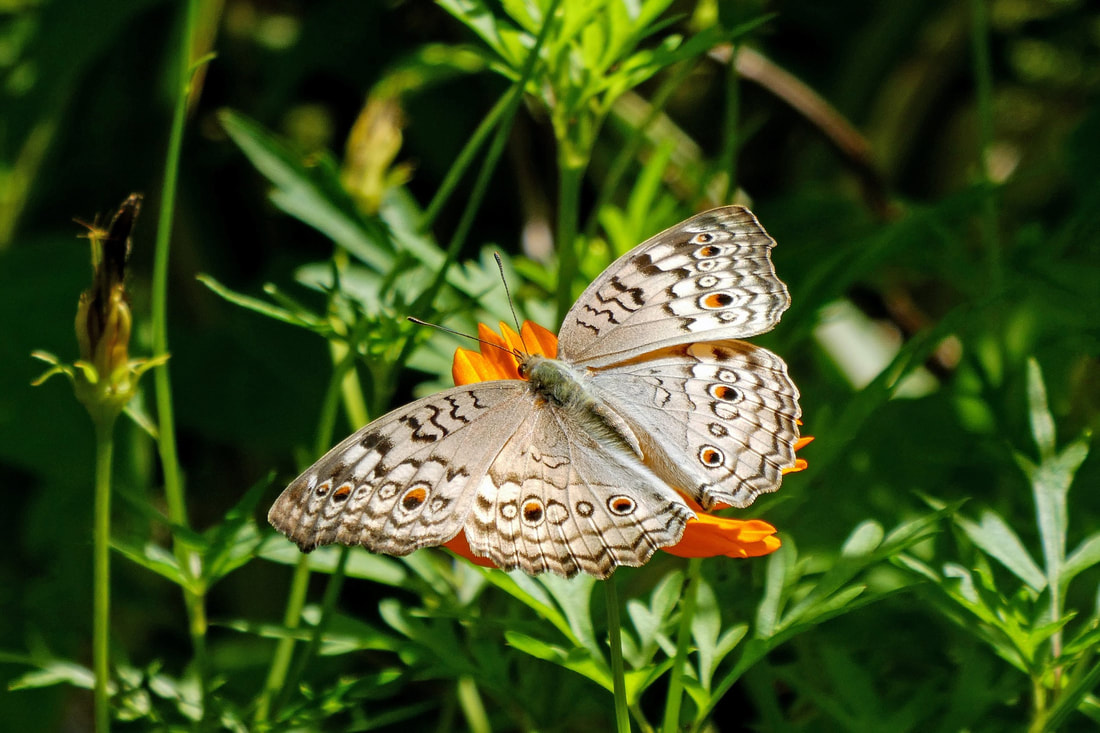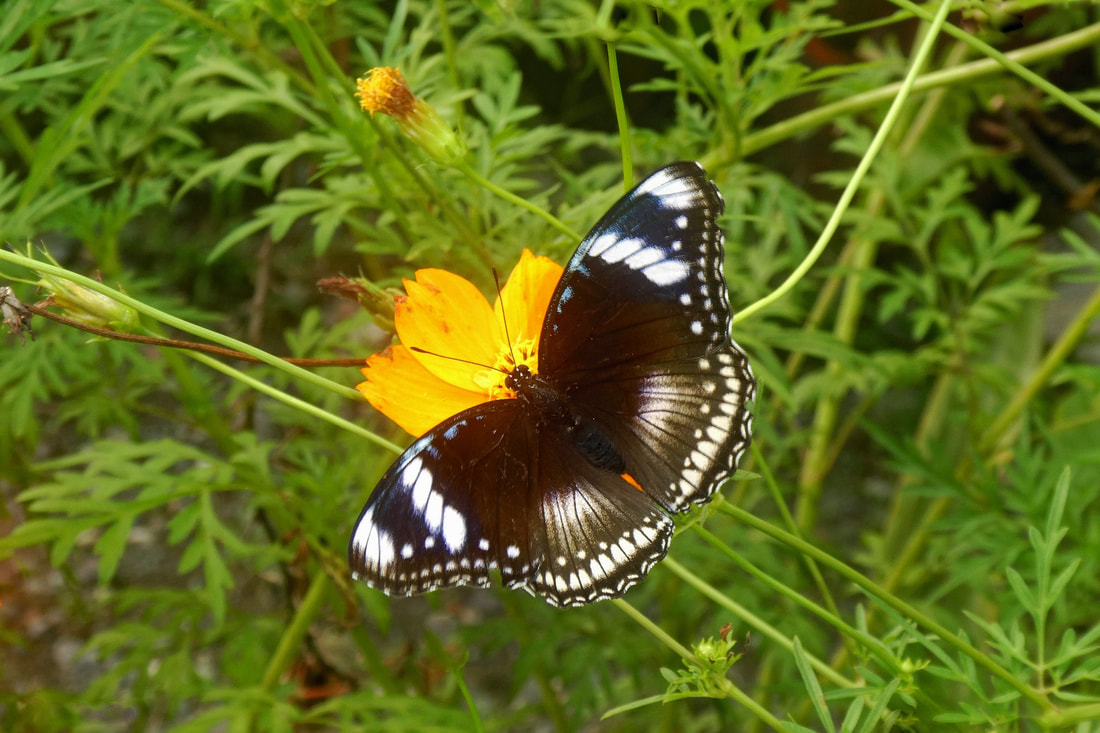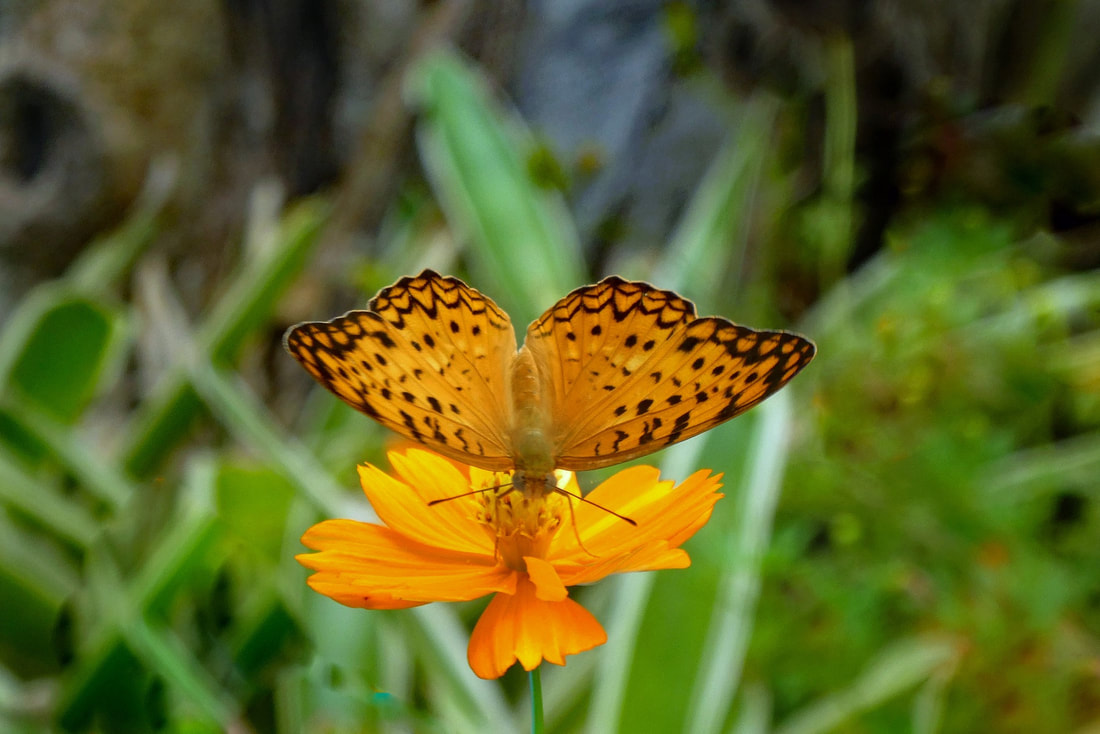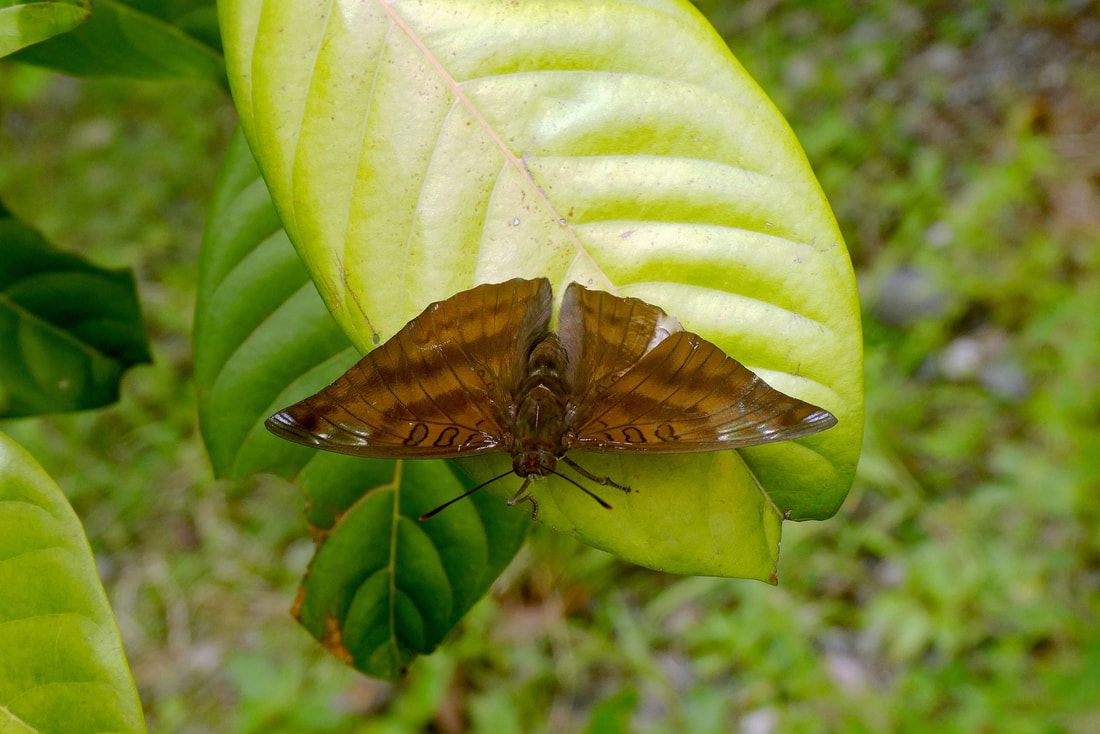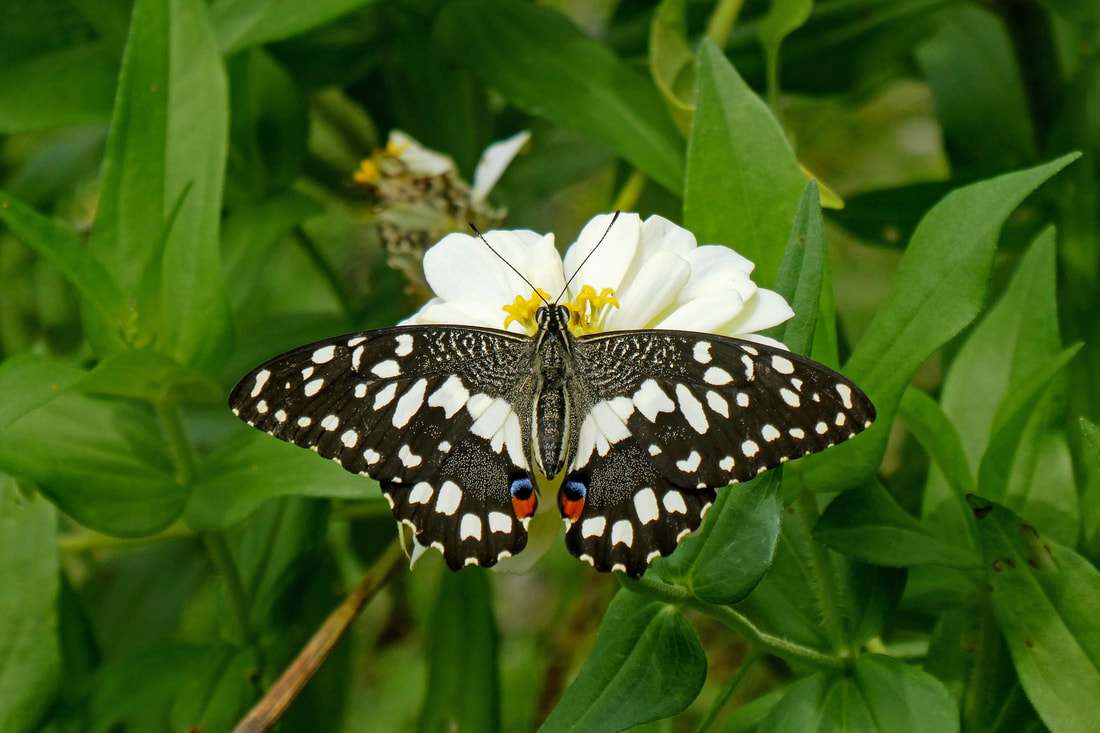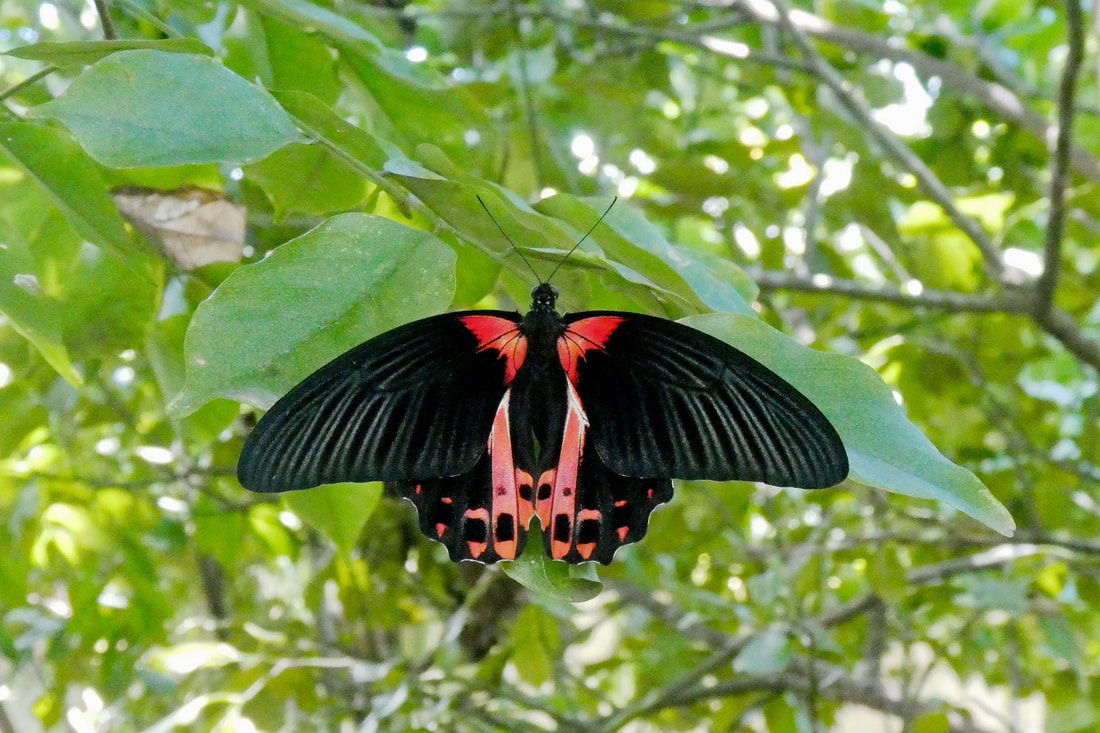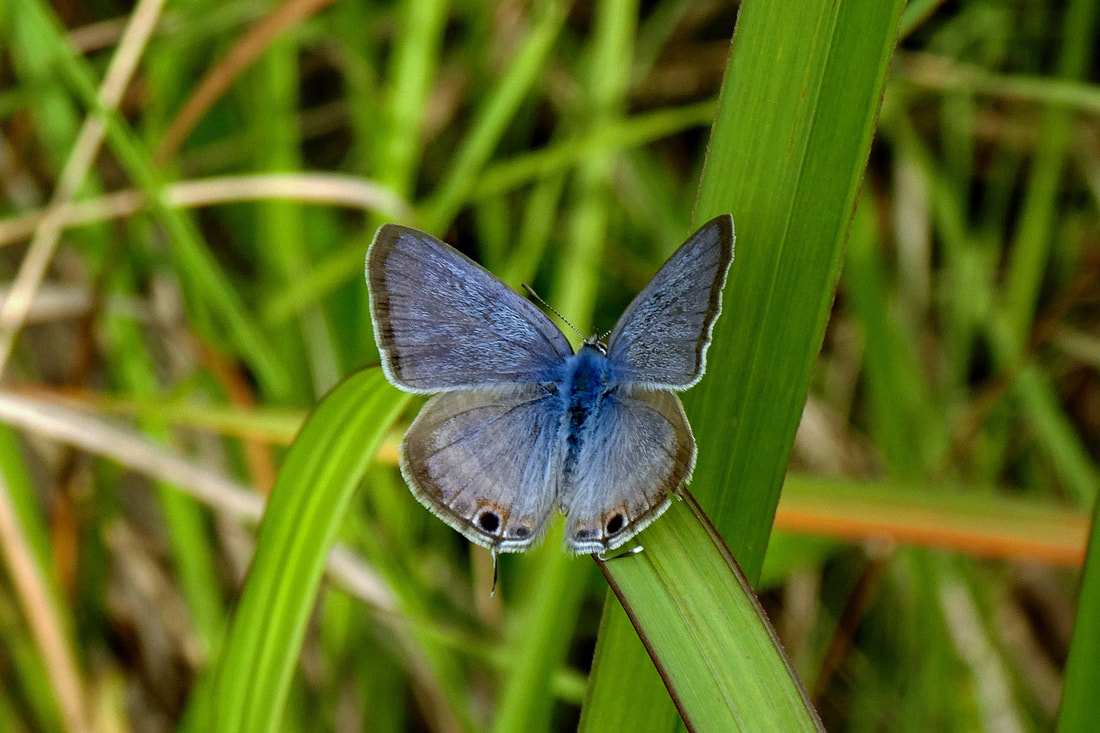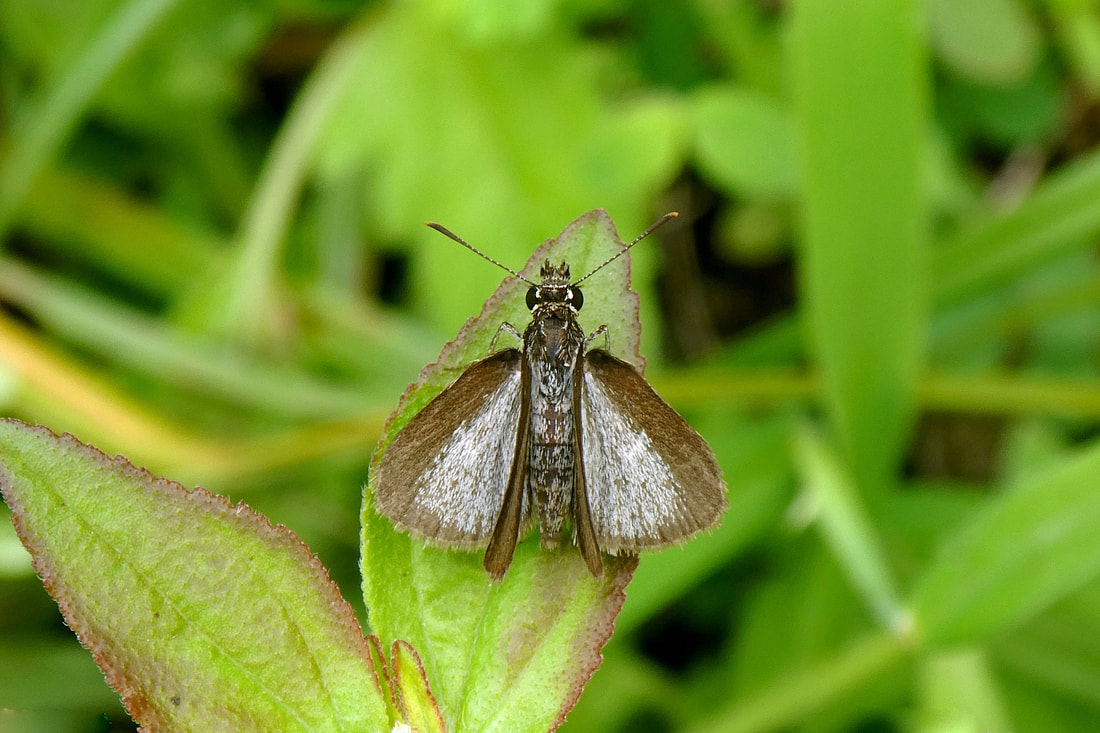Copyright © Rowena Castillo-Nicholls. All Rights Reserved.
Images may not be used without the written permission of the photographer.
Images may not be used without the written permission of the photographer.
352 butterfly species are endemic to the Philippines. About 70 percent of the Philippines’ nearly 21,000 recorded insect species are found only in the country. In addition about one-third of the 915 butterflies found here are endemic to the country.
One of the largest butterflies in the world and the largest in the Philippines, is Magellan Birdwing Troides magellanus. This butterfly is named after the explorer Ferdinand Magellan who was killed in the Philippines in 1521.
Endemic to the Philippines, the species Appias phoebe is rare and found only in high elevations, according to the article published on German entomological journal NEVA.
One of the largest butterflies in the world and the largest in the Philippines, is Magellan Birdwing Troides magellanus. This butterfly is named after the explorer Ferdinand Magellan who was killed in the Philippines in 1521.
Endemic to the Philippines, the species Appias phoebe is rare and found only in high elevations, according to the article published on German entomological journal NEVA.
Butterfly Families
1) Hesperiidae
● Skippers and Darts
● Small, darting flight; clubs on antennae hooked backwards.
2) Lycaenidae
● Gossamer-winged, Blues, Coppers, Hairstreaks.
● Small, brightly coloured; often have false heads with eyespots and small tails resembling antennae.
3) Nymphalidae
● Brush-footed or Four-footed Butterflies
● Usually have reduced forelegs, so appear four-legged; often brightly coloured.
4) Papilionidae
● Swallowtails
● Often have 'tails' on wings; caterpillar generates foul taste with osmeterium organ; pupa supported by silk girdle.
5) Pieridae
● Yellows and Whites
● Mostly white, yellow or orange; pupa supported by silk girdle.
6) Riodinidae
● Metalmarks
● Often have metallic spots on wings; often conspicuously coloured with black, orange and blue.
● Skippers and Darts
● Small, darting flight; clubs on antennae hooked backwards.
2) Lycaenidae
● Gossamer-winged, Blues, Coppers, Hairstreaks.
● Small, brightly coloured; often have false heads with eyespots and small tails resembling antennae.
3) Nymphalidae
● Brush-footed or Four-footed Butterflies
● Usually have reduced forelegs, so appear four-legged; often brightly coloured.
4) Papilionidae
● Swallowtails
● Often have 'tails' on wings; caterpillar generates foul taste with osmeterium organ; pupa supported by silk girdle.
5) Pieridae
● Yellows and Whites
● Mostly white, yellow or orange; pupa supported by silk girdle.
6) Riodinidae
● Metalmarks
● Often have metallic spots on wings; often conspicuously coloured with black, orange and blue.
Conservation Status of Threatened Philippine Lepidoptera Species
The Categories:
Species are classified by the IUCN Red List into nine groups, set through criteria such as rate of decline, population size, area of geographic distribution, and degree of population and distribution fragmentation. When discussing the IUCN Red List, the official term "Threatened" is a grouping of three categories: Critically Endangered, Endangered, and Vulnerable.
● Extinct (EX) – No known individuals remaining.
● Extinct in the Wild (EW) – Known only to survive in captivity, or as a naturalized population outside its historic range.
● Critically Endangered (CR) – Extremely high risk of extinction in the wild.
● Endangered (EN) – High risk of extinction in the wild.
● Vulnerable (VU) – High risk of endangerment in the wild.
● Near Threatened (NT) – Likely to become endangered in the near future.
● Least Concern (LC) – Lowest risk. Does not qualify for a more at-risk category. Widespread and abundant taxa are included in this category.
● Data Deficient (DD) – Not enough data to make an assessment of its risk of extinction.
● Not Evaluated (NE) – Has not yet been evaluated against the criteria.
Older Categories:
● Lower Risk/Conservation Dependent (LR/cd) - In 2001, LR/cd was merged with NT - Near Threatened.
● Indeterminate (I) - Taxa known to be Endangered, Vulnerable, or Rare but where there is not enough information to say which of the three categories is appropriate.
● Rare (R) - Taxa with small world populations that are not at present Endangered or Vulnerable, but are at risk. These taxa are usually localized within restricted geographical areas or habitats or are thinly scattered over a more extensive range.
Species are classified by the IUCN Red List into nine groups, set through criteria such as rate of decline, population size, area of geographic distribution, and degree of population and distribution fragmentation. When discussing the IUCN Red List, the official term "Threatened" is a grouping of three categories: Critically Endangered, Endangered, and Vulnerable.
● Extinct (EX) – No known individuals remaining.
● Extinct in the Wild (EW) – Known only to survive in captivity, or as a naturalized population outside its historic range.
● Critically Endangered (CR) – Extremely high risk of extinction in the wild.
● Endangered (EN) – High risk of extinction in the wild.
● Vulnerable (VU) – High risk of endangerment in the wild.
● Near Threatened (NT) – Likely to become endangered in the near future.
● Least Concern (LC) – Lowest risk. Does not qualify for a more at-risk category. Widespread and abundant taxa are included in this category.
● Data Deficient (DD) – Not enough data to make an assessment of its risk of extinction.
● Not Evaluated (NE) – Has not yet been evaluated against the criteria.
Older Categories:
● Lower Risk/Conservation Dependent (LR/cd) - In 2001, LR/cd was merged with NT - Near Threatened.
● Indeterminate (I) - Taxa known to be Endangered, Vulnerable, or Rare but where there is not enough information to say which of the three categories is appropriate.
● Rare (R) - Taxa with small world populations that are not at present Endangered or Vulnerable, but are at risk. These taxa are usually localized within restricted geographical areas or habitats or are thinly scattered over a more extensive range.
